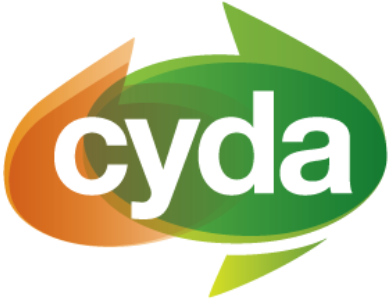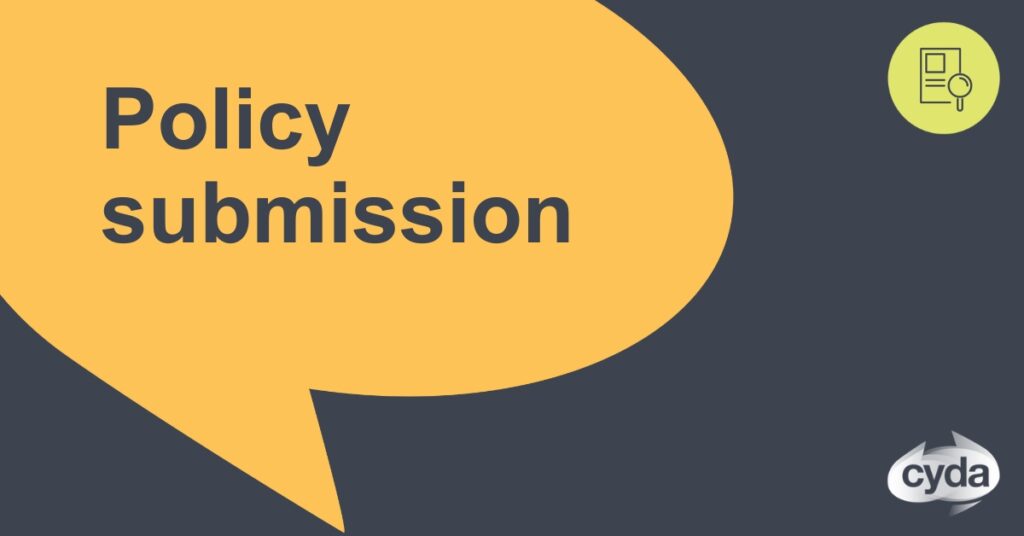The overwhelming message from both our surveys is that the needs of children and young people with disability have been insufficiently planned for and supported during the COVID-19 pandemic and that this spans across all sectors, including education, health, and disability services.
You can download our full submission using the buttons above.


